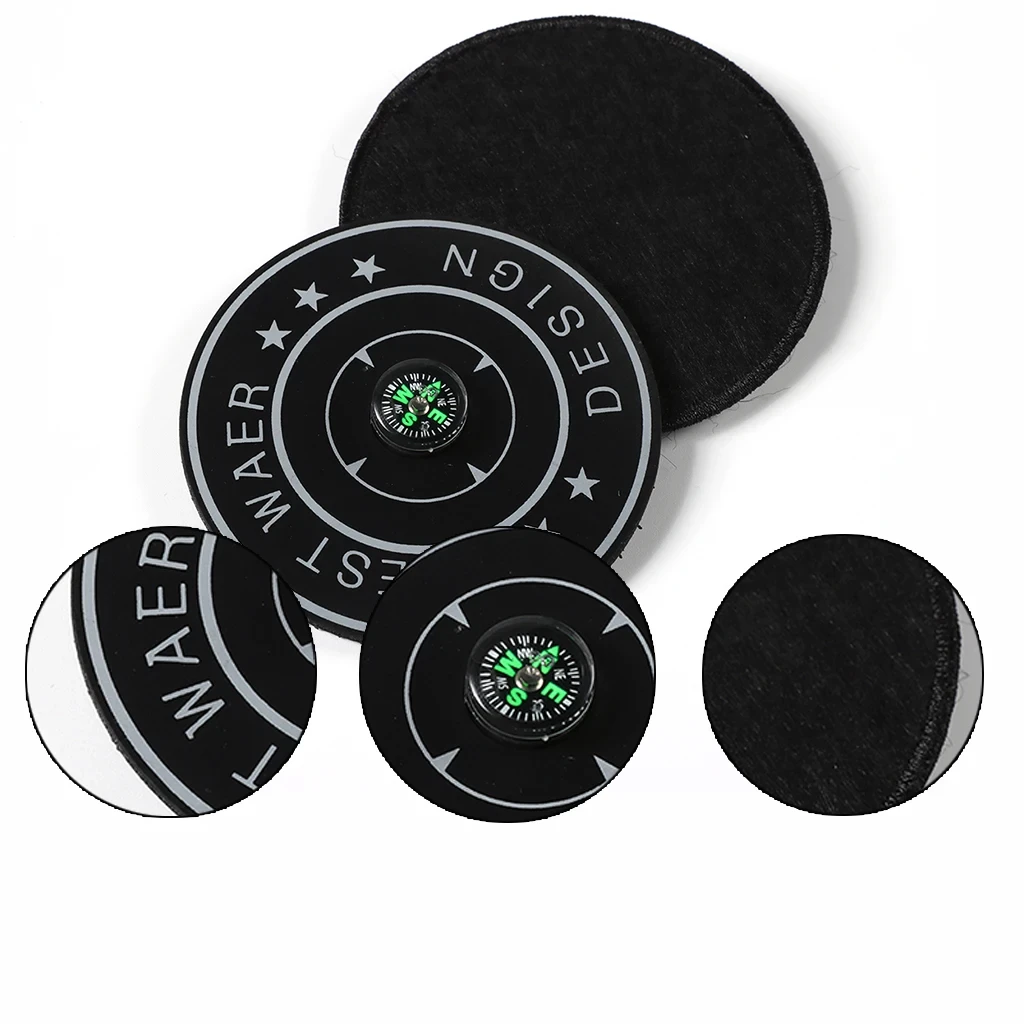Email cannot be empty
Password cannot be empty
Email format error
Email cannot be empty
Email already exists
6-20 characters(letters plus numbers only)
The password is inconsistent
Email format error
Email cannot be empty
Email does not exist
6-20 characters(letters plus numbers only)
The password is inconsistent


Embroidery design patches have been a beloved accessory for decades, adorning everything from military uniforms to denim jackets. These versatile pieces of art have found their way into fashion, personal expression, and even advertising. Let's dive into the rich history, contemporary uses, and the process behind creating these intricate patches.
Embroidery as an art form dates back thousands of years, with early examples found in ancient Chinese, Greek, and Egyptian cultures. Initially, embroidery was used to decorate clothing and household items, signifying wealth and status. Over time, this intricate needlework evolved into embroidery patches, which became popular in the military. Soldiers would wear patches to signify rank, unit, or special achievements. These patches were meticulously crafted to withstand harsh conditions and serve as a badge of honor.
Today, embroidery design patches have transcended their military origins and become a staple in fashion and personal expression. They are used in a variety of ways, including:
1. Fashion Statements: Embroidery patches can be found on jackets, jeans, bags, and hats, adding a unique and personal touch to everyday items. They allow individuals to showcase their personality, interests, and creativity.
2. Branding and Marketing: Companies use custom patches to promote their brand. Whether it’s a logo patch on employee uniforms or a promotional giveaway, these patches serve as a durable and attractive form of advertising.
3. Collectibles: Many people collect patches as a hobby, seeking out unique designs from different places, events, or organizations. These collections often tell a story, capturing memories and experiences.
4. Commemoration: Patches are also used to commemorate special events, such as concerts, festivals, or sports competitions. They serve as a tangible reminder of a memorable occasion.

Creating an embroidery design patch involves several steps, each requiring attention to detail and creativity. Here's a closer look at the process:
1. Design Concept: The first step is to create a design. This can be anything from a simple logo to a complex piece of art. Designers often use software to create digital versions of their designs, ensuring precision and the ability to make adjustments easily.
2. Choosing Materials: The choice of fabric and thread is crucial. The fabric must be durable, and the thread colors should be vibrant and long-lasting. Common materials include twill, felt, and denim.
3. Digitizing the Design: Once the design is finalized, it needs to be digitized. This means converting the design into a format that an embroidery machine can read. The digitizing process involves mapping out the stitches, which can be a complex task requiring specialized software.
4. Embroidery: With the design digitized, it’s time to embroider. The fabric is placed in a hoop, and the embroidery machine stitches the design onto the fabric. Depending on the complexity, this process can take anywhere from a few minutes to several hours.
5. Finishing Touches: After the embroidery is complete, the patch is cut out from the fabric. Additional steps might include adding a backing, such as iron-on adhesive, to make the patch easy to apply to clothing or other items.
Embroidery design patches hold a special place in our hearts for several reasons:
1. Customization: They offer endless possibilities for customization. Whether you're creating a patch for a personal project or ordering custom patches for a group, you can tailor the design to suit your exact needs.
2. Durability: High-quality patches are built to last. They can withstand washing, weather, and wear, making them a reliable way to decorate and identify clothing and gear.
3. Expression: Patches are a fantastic way to express yourself. They can represent your hobbies, beliefs, achievements, or simply your personal style. Wearing a patch is like wearing a piece of art.
4. Affordability: Compared to other forms of custom apparel and accessories, patches are relatively affordable. This makes them accessible to individuals, small groups, and large organizations alike.
If you're new to the world of embroidery design patches, here are a few ideas on how to incorporate them into your life:
1. DIY Fashion: Add patches to your favorite jacket or bag to create a custom look. Mix and match different designs to tell a story or showcase your interests.
2. Group Identity: Create custom patches for your team, club, or organization. They’re a great way to build unity and showcase your group's identity.
3. Gifts and Souvenirs: Personalized patches make unique and thoughtful gifts. They’re also great souvenirs to remember special events or trips.
4. Upcycling: Give old clothes a new life by covering stains or holes with stylish patches. This not only extends the life of your garments but also adds a touch of creativity.
Embroidery design patches are more than just pieces of fabric; they are a form of art, a means of expression, and a tool for connection. Whether you're a fashion enthusiast, a business owner, or someone looking to add a personal touch to their belongings, there's a place for patches in your life. So why not dive into the world of embroidery design patches and start creating your own masterpieces today?